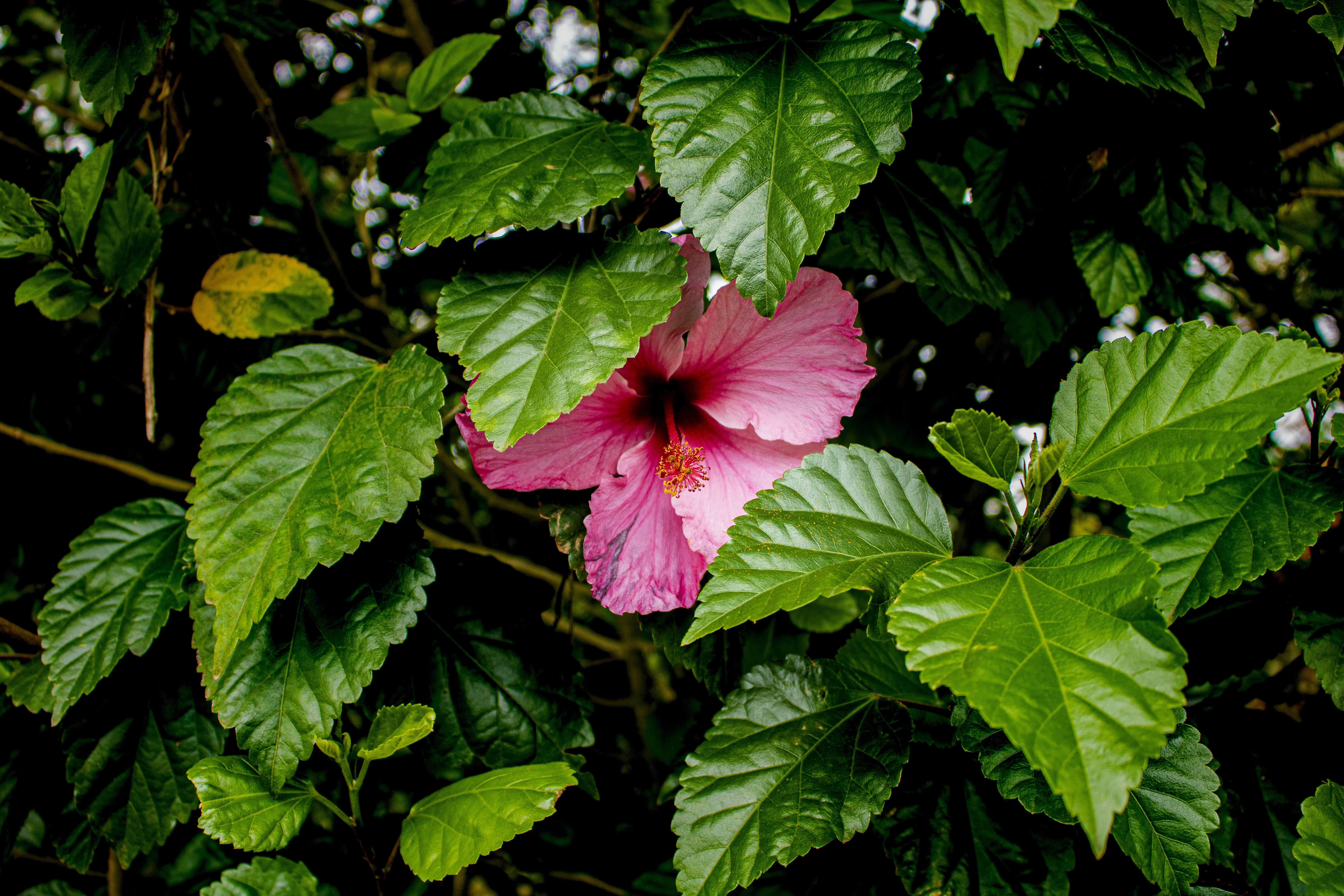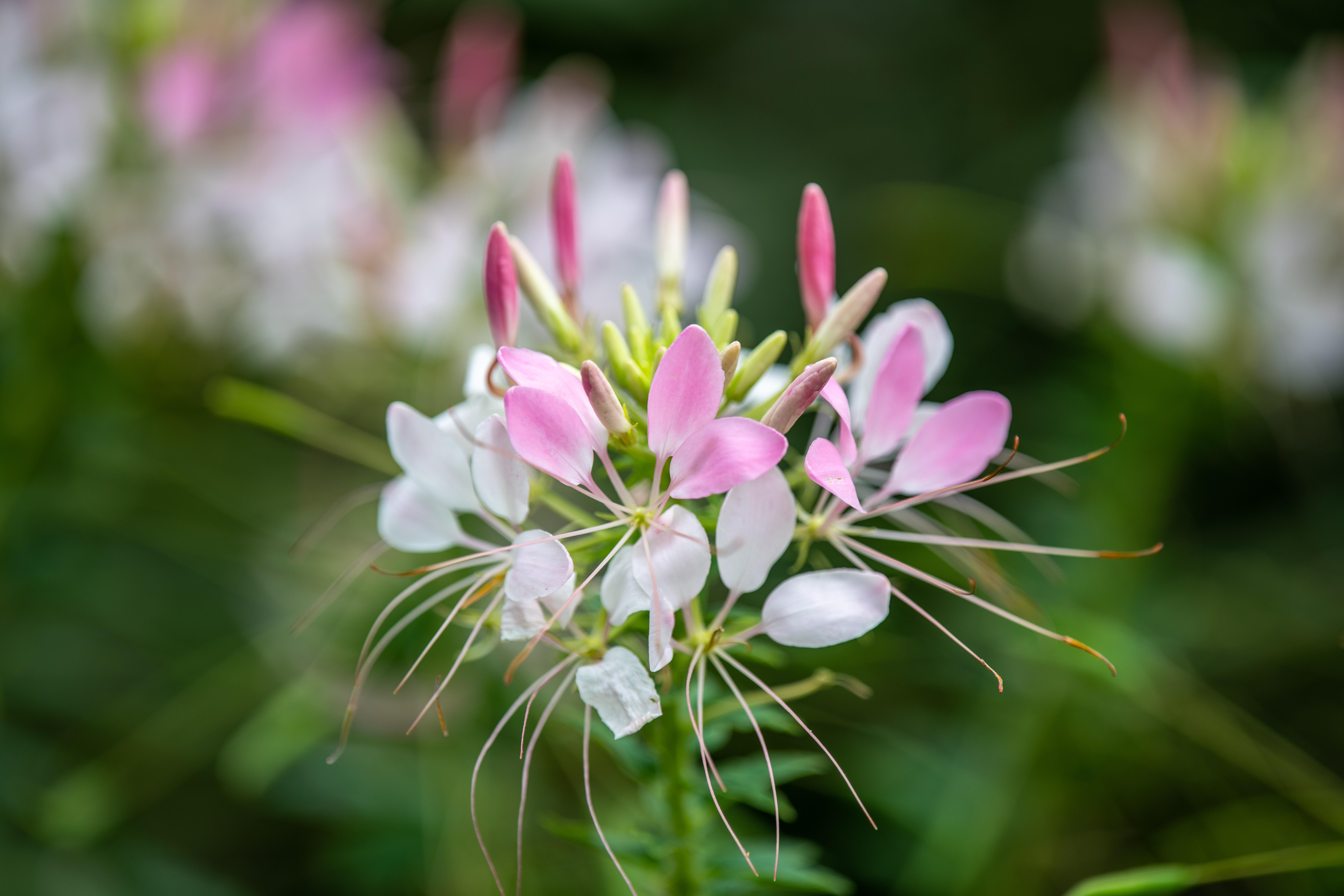Flowering plants can bring vibrant colors and joy to any indoor or outdoor space. But to ensure their healthy growth and beautiful blooms, it’s crucial to understand their feeding needs. Knowing how often to feed your flowering plants is essential for their overall well-being. In this blog post, we will answer some common questions such as when to start flowering nutrients, the best time of day to fertilize plants, and the importance of proper watering during the flowering stage. So whether you’re a seasoned plant enthusiast or just starting out, keep reading to discover the secrets to successfully nourishing your beloved flowering plants.
Cover photo by Natalie Ng on Unsplash
How Often Should I Feed My Flowering Plants
So, you’ve got yourself a beautiful garden full of flowering plants, and now the question looms – how often should you feed these little blooming beauties? Well, worry not, my green-thumbed friend, for I am here to shed some light on this nourishing matter.
The Feeding Frenzy Frequency
When it comes to feeding your flowering plants, consistency is key. Just like you wouldn’t skip a meal and expect to function at your best, neither should you starve your plants. Ideally, you should aim to feed your flowering plants every two to four weeks during the growing season, which, depending on where you are geographically, typically spans from spring to fall.
Listen to Your Plants’ Appetites
Now, before you whip out your gardening calendar and start penciling in feeding sessions like a plant-powered personal trainer, let me tell you that there’s no one-size-fits-all answer. Each plant has its own unique dietary needs. Some plants may be voracious eaters, while others prefer a more light and balanced diet.
Feed Me, Seymour!
To determine the best feeding frequency for your flowering plants, it’s important to pay close attention to their appetite. A well-fed plant will showcase lush foliage, vibrant blooms, and an overall healthy appearance. However, if your plants start displaying signs of nutrient deficiencies, such as yellowing leaves or stunted growth, it’s time to up the feeding ante.
Sunshine and Rainbows…and Fertilizer!
Giving your plants ample sunlight, water, and love is crucial, but to truly delight their taste buds, you can sprinkle some nutrient-packed fertilizer into the mix. Just like us humans, plants require a balanced diet to thrive. Look for a high-quality fertilizer specifically formulated for flowering plants, as they have different nutritional needs compared to other plants in your garden.
The Delicate Art of Fertilizing
When it comes to feeding time, remember the golden rule – less is often more. Overfeeding your flowering plants can lead to nutrient burn and a whole lot of plant drama. To avoid this, follow the instructions on the fertilizer packaging for the recommended dosage. Trust me, your plants will thank you for not drowning them in a nutrient-rich stew.
The Awkward Winter Silence
Ah, winter. The time when plants take a much-needed break and hibernate like pajama-clad bears. During this chilly season, you can give your flowering plants a well-deserved rest from feeding. They’re not actively growing, and just like you during the winter holidays, they’ll appreciate a little break from all the feasting.
In the grand symphony of gardening, feeding your flowering plants is like playing the right note at the perfect moment. Remember to listen to your plants’ appetites, provide them with the proper nutrients, and maintain a consistent feeding schedule. By doing so, you’ll create a blooming paradise that would make even Mother Nature herself jealous. Happy feeding, my budding garden enthusiasts!
FAQ: How Often Should I Feed My Flowering Plants
How often should I water during flowering
During the flowering stage, it’s essential to keep a close eye on your plants’ moisture levels. As a general rule of thumb, water your flowering plants when the top inch of soil feels dry. You want to maintain the soil’s moisture, but be careful not to overwater and drown your precious blooms.
When should I start flowering nutrients
Once your flowering plants have established a solid root system and started to produce flowers, it’s time to introduce flowering nutrients. Around two weeks into the flowering stage, begin adding nutrients to support the flower development and overall plant health. Remember to follow the specific instructions on the nutrient package for the best results.
What time of day is best to fertilize plants
To maximize nutrient absorption, it’s ideal to fertilize your flowering plants in the morning. This allows the plants to soak up the nutrients throughout the day when they are most active. It also gives them the entire day to process the nutrients and put them to use in their growth and blooming process.
Should I spray my buds with water
While it’s important to keep your plants hydrated, spraying your buds with water is generally not recommended. The moisture on the buds can create a breeding ground for mold and various diseases, which can harm or even destroy your flowers. Instead, focus on watering the soil around the plants to keep them healthy and vibrant.
What happens if you don’t fertilize your plants
If you neglect to fertilize your flowering plants, they may not receive the necessary nutrients to support proper growth and blooming. Without adequate fertilization, the plants may become weak, have stunted growth, and produce fewer flowers. It’s essential to provide your plants with the nutrients they need throughout the flowering stage to ensure optimal health and beauty.
Should you remove fan leaves during flowering
While it may be tempting to prune away fan leaves during the flowering stage, it’s generally recommended to avoid excessive pruning. Fan leaves play a crucial role in the photosynthesis process, providing energy to the plant. Removing them excessively can hinder the plant’s ability to produce energy, potentially affecting flower development and overall growth.
How often do I use flower fuel
The frequency of using flower fuel depends on the specific product and instructions provided. Typically, flower fuel is used once a week during the flowering stage. Follow the product’s dosage instructions and adjust accordingly based on your plants’ response and overall health. Remember, it’s always better to start with a lower dose and gradually increase if needed.
Should you feed flowering plants
Absolutely! Flowering plants require proper nourishment to reach their full potential. Regular feeding with appropriate flowering nutrients provides the essential elements that promote healthy growth and abundant blooms. Just remember to follow the recommended feeding schedule and adjust based on the specific needs of your plants.
Should I fertilize in the morning or evening
For the most effective nutrient uptake, it’s generally recommended to fertilize your flowering plants in the morning. This allows them to absorb the nutrients throughout the day when they are most active. Fertilizing in the evening may not give the plants enough time to process the nutrients before the night’s dormancy period.
What fertilizer helps flowers bloom
To support flower blooming, look for a fertilizer with a higher phosphorus content. Phosphorus is a vital nutrient for flower development and helps plants produce larger, more vibrant blooms. Look for fertilizers labeled specifically for flowering plants or those with a higher middle number in the NPK ratio (Nitrogen-Phosphorus-Potassium) such as 10-30-10.
When to stop feeding nutrients during flowering
Towards the end of the flowering stage, it’s essential to gradually reduce the amount of nutrients you provide. Around two weeks before you expect to harvest your flowers, stop feeding nutrients altogether. This allows the plants to flush out any remaining nutrients and improves the overall flavor and quality of your final product.
What happens in the last weeks of flowers
During the final weeks of flowering, you’ll notice your buds becoming plumper and more resinous. This stage is known as the ripening period. The flowers’ trichomes will change color from clear to milky or amber, indicating the optimal time for harvest. Keep a close eye on your plants during this crucial stage to ensure you harvest them at their peak potency and flavor.
What week do buds swell
Bud swelling typically occurs around the fifth to seventh week of the flowering stage. This is an exciting time as your flowers start to bulk up and become denser. The buds will continue to fatten and develop their characteristic aromas and flavors in the following weeks, leading up to harvest.
Should you water new plants every day
Newly planted flowering plants require more frequent watering to establish their roots and adjust to their new environment. Check the soil moisture daily and water as needed to ensure the soil stays consistently moist, but not waterlogged. As the plants establish themselves, you can gradually reduce the frequency of watering.
How often should I water my plants
The watering frequency for flowering plants depends on various factors such as climate, plant size, and soil conditions. As a general guideline, water your plants deeply once or twice a week. Ensure that the soil is evenly moist but not excessively saturated. Adjust the watering schedule based on the specific needs and characteristics of your plants.
What flowers should not be fertilized
While most flowering plants benefit from appropriate fertilization, certain species are more sensitive and can be damaged by excessive fertilization. It’s best to avoid fertilizing delicate flowers such as orchids, peace lilies, and African violets without a specific recommendation from an expert. These plants often have specific nutrient requirements or may be more prone to fertilizer burn.
What is the best flower fertilizer
The best flower fertilizer depends on the specific needs of your plants, but a well-balanced, slow-release fertilizer can work wonders. Look for a fertilizer with an equal NPK ratio or a slightly higher middle number for enhanced flower development. Additionally, organic fertilizers such as compost or worm castings can provide nutrients while improving soil health.
How much water does a plant need per day
The water needs of plants vary, but as a general guideline, most flowering plants require about 1 inch of water per week. However, this can vary depending on various factors such as temperature, humidity, and soil composition. It’s essential to monitor the soil moisture levels carefully and adjust your watering accordingly to ensure optimal plant health.
How often should you feed plant food
The frequency of feeding plant food depends on the specific product and the needs of your plants. Generally, most flowering plants benefit from regular feeding every two to four weeks throughout the growing season. However, always refer to the fertilizer’s instructions for the most accurate feeding schedule and adjust based on your plants’ response.
How do you feed plants during flowering
During the flowering stage, it’s best to use a flowering-specific fertilizer or a balanced fertilizer with a slightly higher phosphorus content. Follow the instructions on the fertilizer package to determine the appropriate dosage. Apply the fertilizer evenly around the base of the plant, then water thoroughly to ensure the nutrients are absorbed properly.
Should I add nutrients every time I water
Adding nutrients every time you water your flowering plants can lead to overfertilization, which can be detrimental to their health and blooming. It’s generally recommended to only add nutrients every other watering or as specified by the fertilizer instructions. This allows the plants time to process and utilize the nutrients effectively without causing nutrient buildup or burn.
When should I stop fertilizing my flowers
To ensure the best flavor and quality of your harvested flowers, stop fertilizing around two weeks before you plan to harvest. This allows the plants to flush out any remaining nutrients and reduces the risk of chemical residues in the final product. As the flowers reach the end of their growth cycle, it’s best to focus on providing them with pure water.

